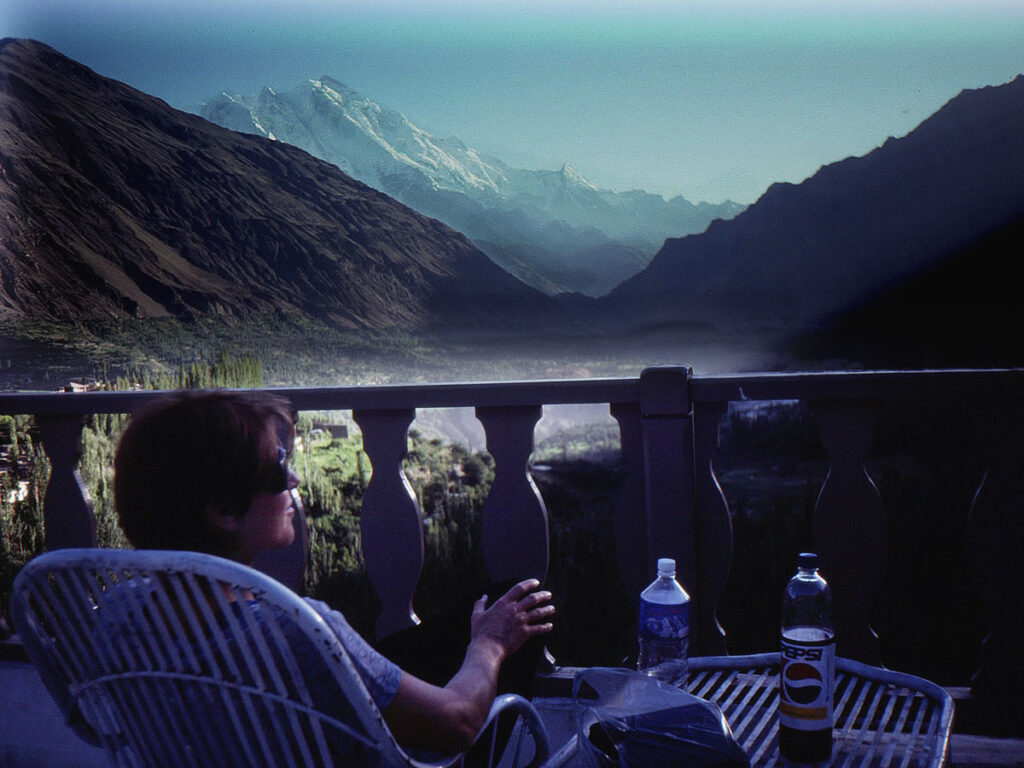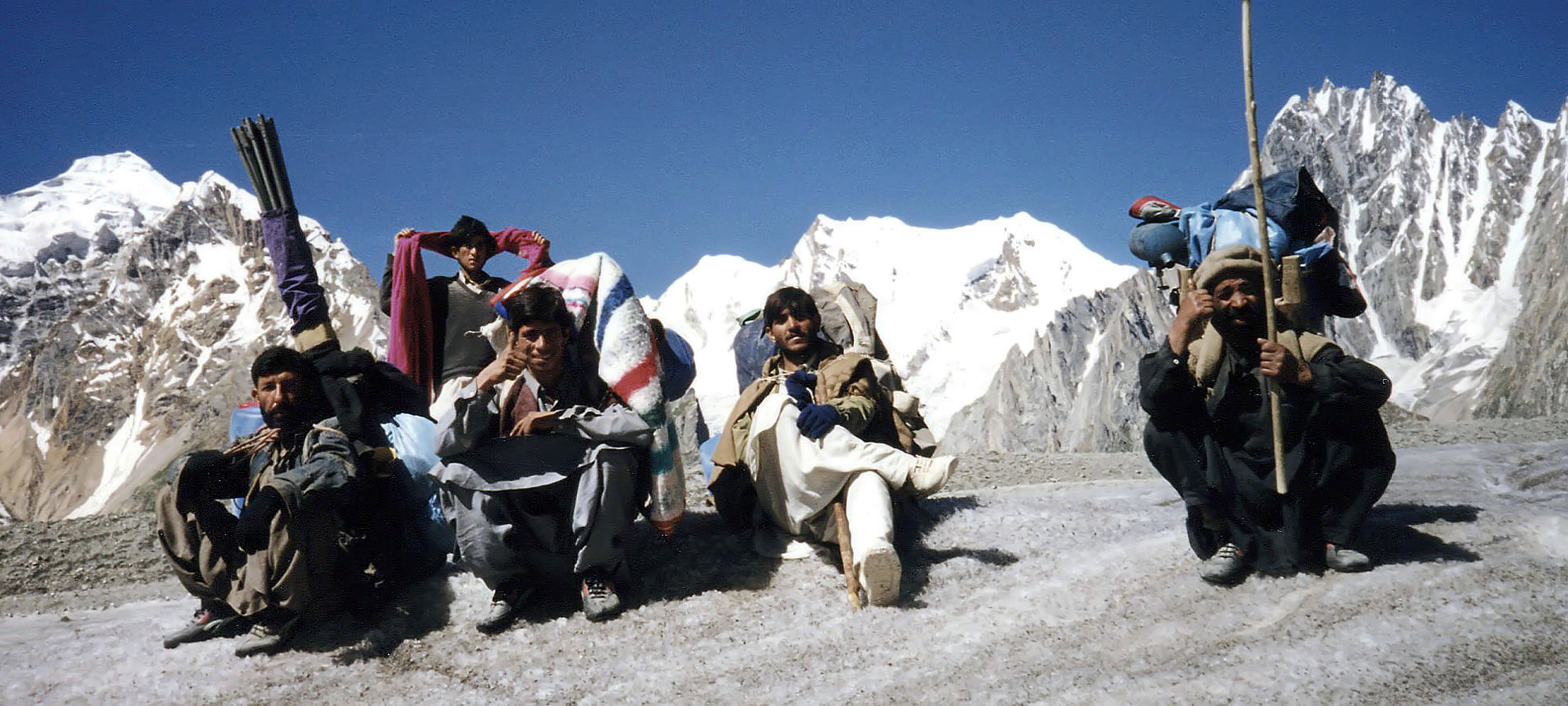
Trekking in the Karakoram Ranges
Pakistan
October 1998
An advertisement in an outdoor magazine caught my eye. Not so long afterwards we’re on a Pakistan International Airline flight into Islamabad. The cabin crew pray for a safe landing “Inshallah” – if Allah wills it. We are in full agreement, and happily we bounce our way down the runway, emerging safely into the bedlam of the airport terminal, and then the city itself.

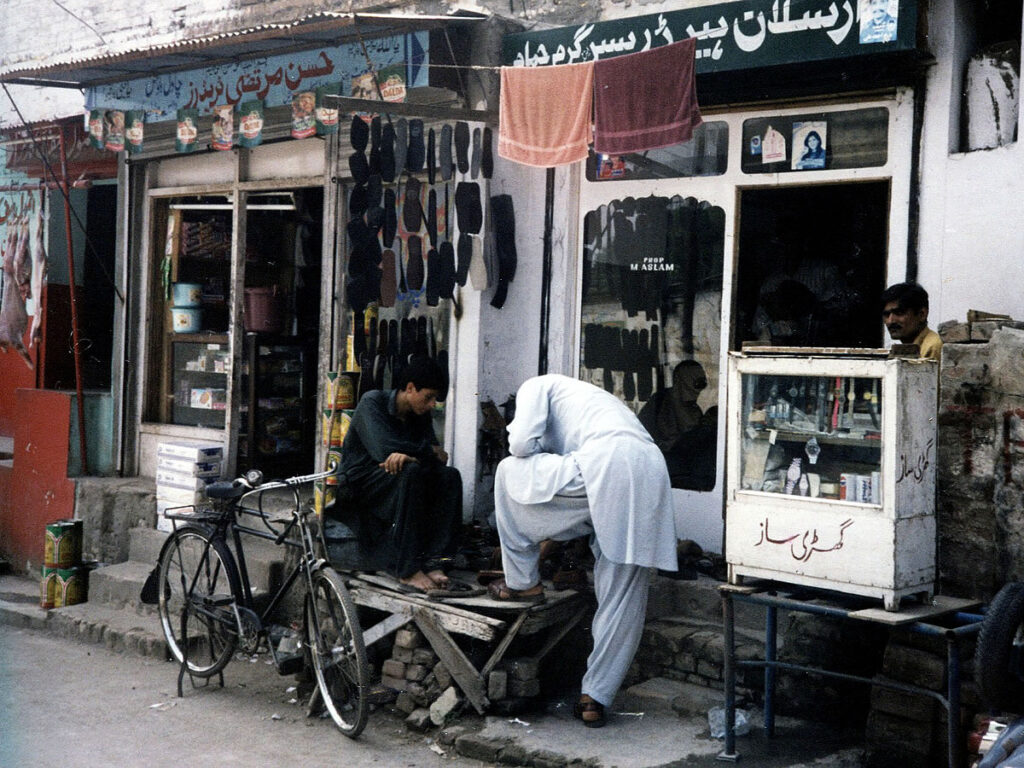

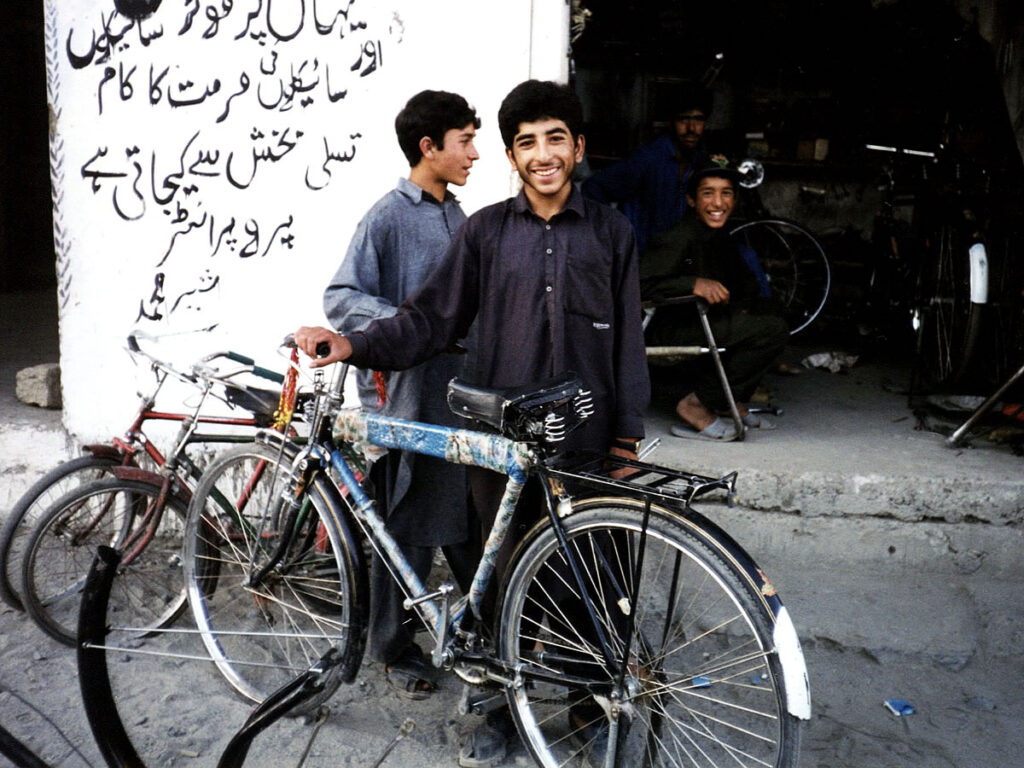
It’s immediately obvious that my idea of conservative clothing is outrageously exposed by Islamic standards. One man cycling past is so engrossed by my fully covered but unveiled appearance that he rides off into the gutter. The stares are intense and disconcerting. I buy a shalwar kameez, which is basically oversized baggy pajama pants topped with a knee-length tunic and a supersized veil to hide under.

After a day in Islamabad it’s back off to the airport, hoping our flight to Skardu is operating. The long wait is enlivened by watching the guards check suitcase contents. One passenger has opened his luggage to reveal an impressive array of weaponry, including a couple of what appear to be land mines. The guards aren’t particularly concerned, and the passenger continues on his way. Hours later we’re finally airborne and flying over and amongst huge Himalayan peaks, before we weave along a narrow valley and descend into Skardu. We’re staying at the K2 Hotel, base for numerous Himalayan climbing expeditions and decorated with posters and photos of past glories.

Skardu is a friendly little town, it’s at about 2000 m elevation with lovely views of the surrounding peaks. Ed ordered a large size shalwar kameez to be made up from a little shop owned by Raja. When he goes to collect it Raja invites him for tea and they exchange details of their lives – he is 21, married with a 2 year old daughter. He is one of eight siblings, with his father and brother working in Saudi Arabia and other family living in England.
Later we watch as our porters for the trek are recruited and equipped. The next morning we pile back into jeeps for the drive out to Thongal village and the start of the trek. The trip is equally spectacular and terrifying as the jeeps are barely hanging together, and I’m poised to leap out at every petrifying minute. The switchbacks are so steep and treacherous that the driver (who looks about 14) has to suspend the nose of the vehicle over the drop off into the river ravine below and then reverse to get around. There’s usually another helper clinging to the back of the jeep ready to jump off and shove rocks under the wheels as the brakes don’t appear to work.

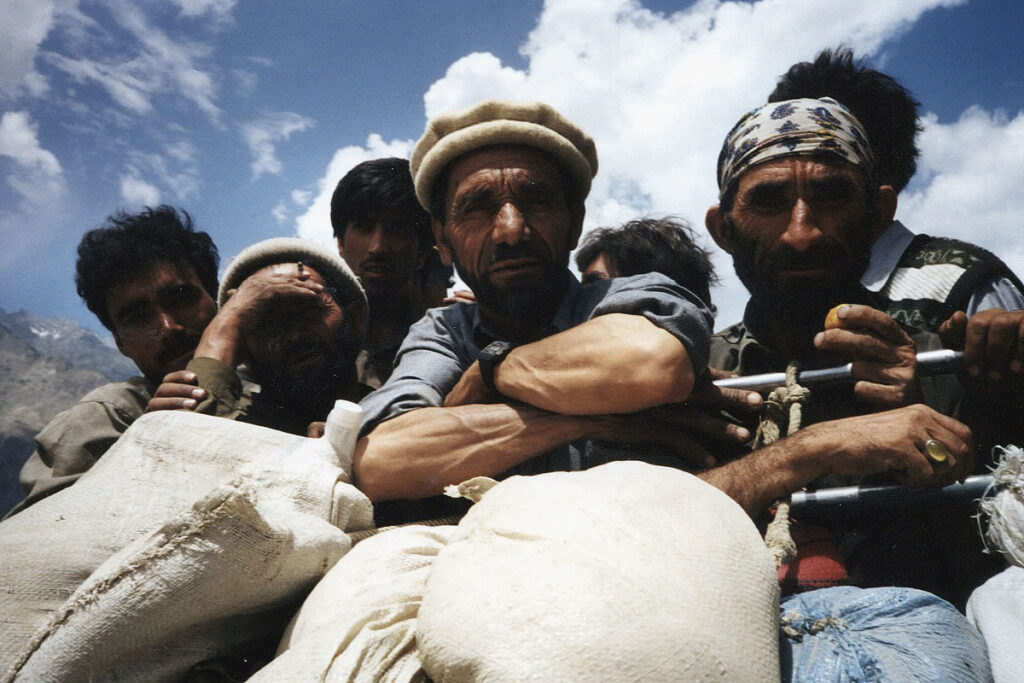
After a day in Thongal exploring around the village we start trekking – groups heading to K2 split off to cross the Indus River over a sketchy looking bridge. We reach the terminal moraine of the Biafro Glacier, walking from here is more of a scramble as we negotiate the rocks, rubble, scree slopes and braided creeks alongside the glacier. No cleared walking trails here, we are ascending a rugged valley filled with giant rocks and a huge broken mass of ice. Not to mention the constant distraction of incredible snowcapped peaks – it is a gobsmackingly beautiful place.




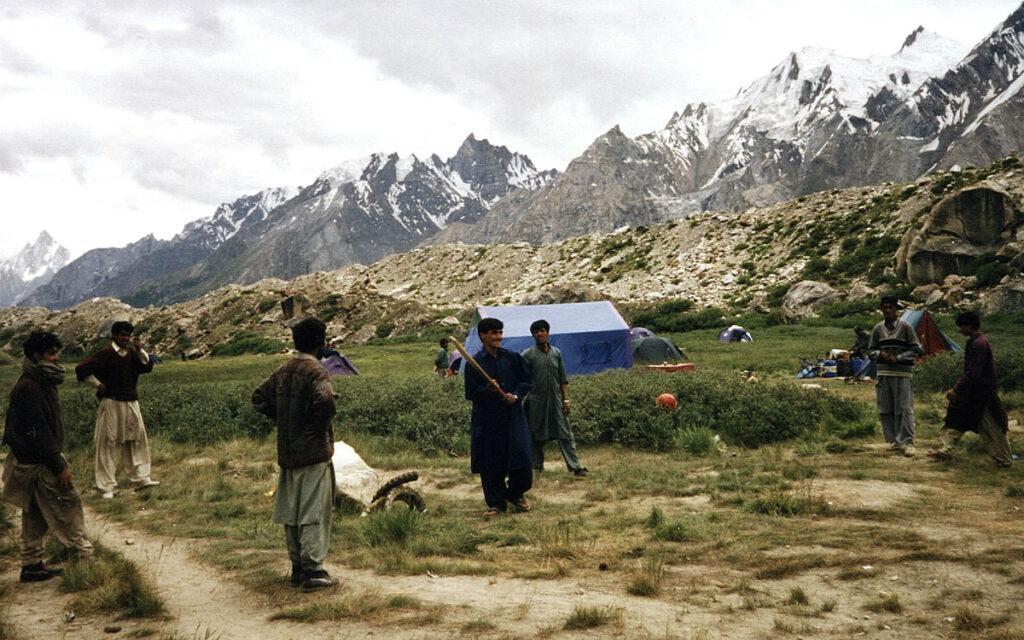





We roped up for glacier crossings due to risk from crevasses. Some backtracking was required to avoid large crevasses too wide to leap over. Amazing colours and shapes, giant ‘sinkholes’ in the ice provide a glimpse into the world below, with meltwater rushing beneath us. As we ascend towards the Hispar La Pass we reach a giant flat basin carpeted with snow – Snow Lake.
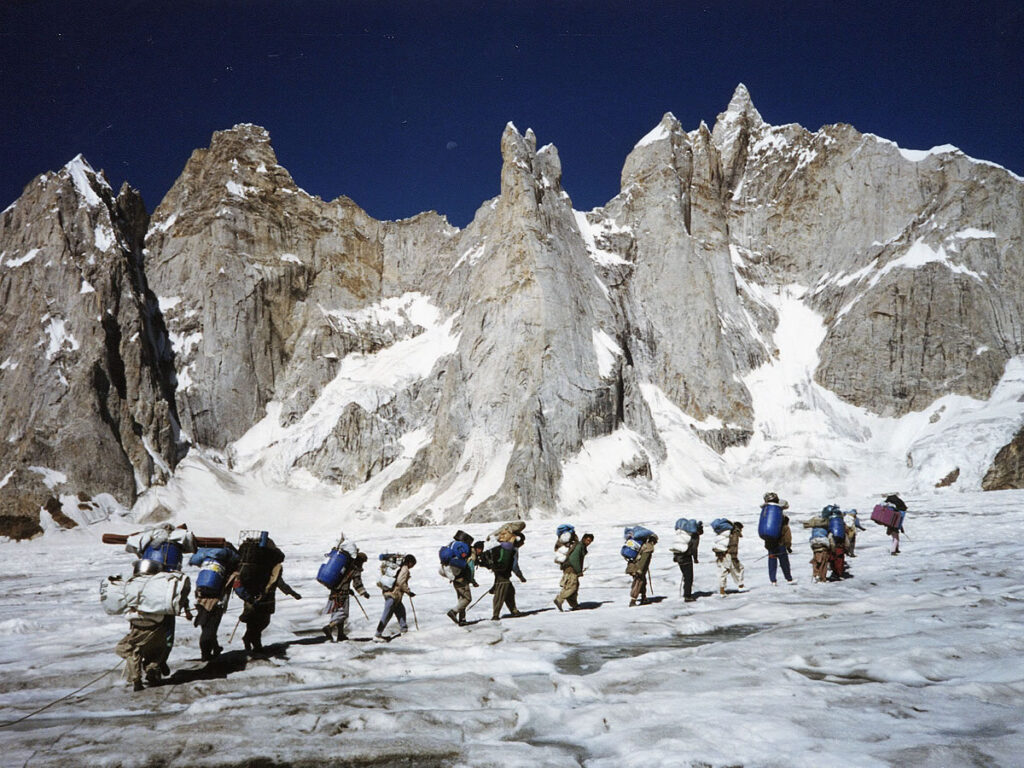
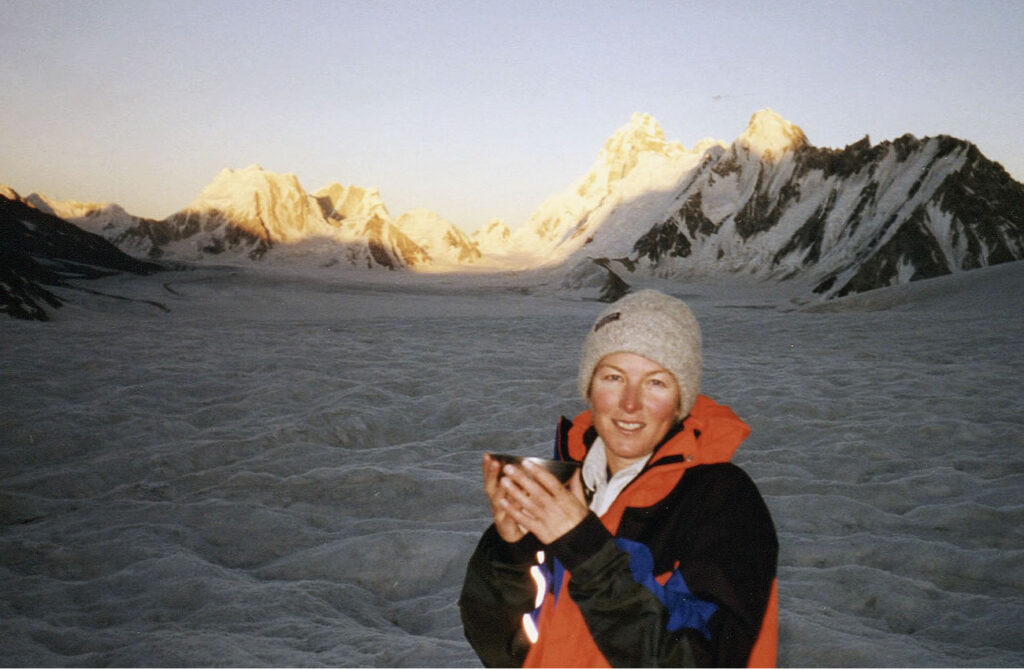

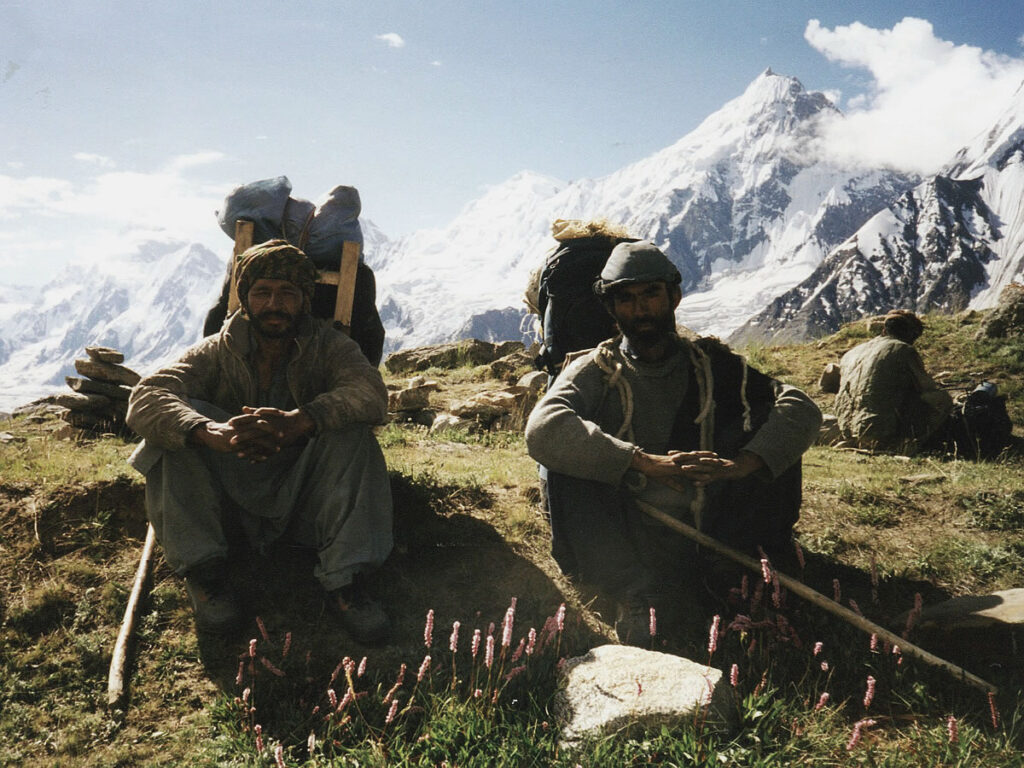
After negotiating the Hispar La Pass we commenced our descent down the Baltoro Glacier. Some treacherous sections negotiating unstable ‘ice bridges’ where your foot sometimes broke through the ice crust and revealed a stomach-churning drop into an icy cavern below. After a few days we walked off the moraine and down the valley into Hispar village. Lots of curious children following us along. The jeep track from Hispar to Haro village was closed due to landslides but was easy walking. Sat around in Haro eating apricots and mulberrries while waiting for jeep transport out to Karimabad.

We have a day off in Karimabad, enjoying the views of Rakaposhi and the Hunza Valley. Then it’s into a van for the trip south down the Karakoram Highway. It’s chaotic, pockmarked with rockfalls and landslides, and hot, dry and dusty as we descend into the lowlands. Unaware that an American anti-terrorism missile strike had apparently hit a region near the Afghanistan/Pakistan border, we drove straight into an anti-American street protest a couple of hours north of Islamabad. Our van was attracting some interest as locals saw the foreigners inside and started banging the sides of the van – our guides got pretty agitated and ordered curtains closed as the driver turned off to hide in the back streets until it was clear to continue. An interesting end to an eye opening trip!
